In the vast and complex world of avian architecture, few species demonstrate such remarkable ingenuity as those birds that incorporate leaves into their nests as camouflage. These feathered engineers have evolved specialized behaviors that transform their vulnerable breeding sites into virtually invisible fortresses. Among the most fascinating practitioners of this art is the Australian Spotted Nightjar, though several other species around the globe employ similar tactics with varying techniques and materials. This natural camouflage strategy represents millions of years of evolutionary adaptation, allowing these birds to protect their offspring from predators through the clever application of environmental materials. As we explore this remarkable adaptation, we’ll discover how these birds select, position, and maintain their leafy disguises in a masterful display of natural intelligence.
The Australian Spotted Nightjar: Master of Disguise
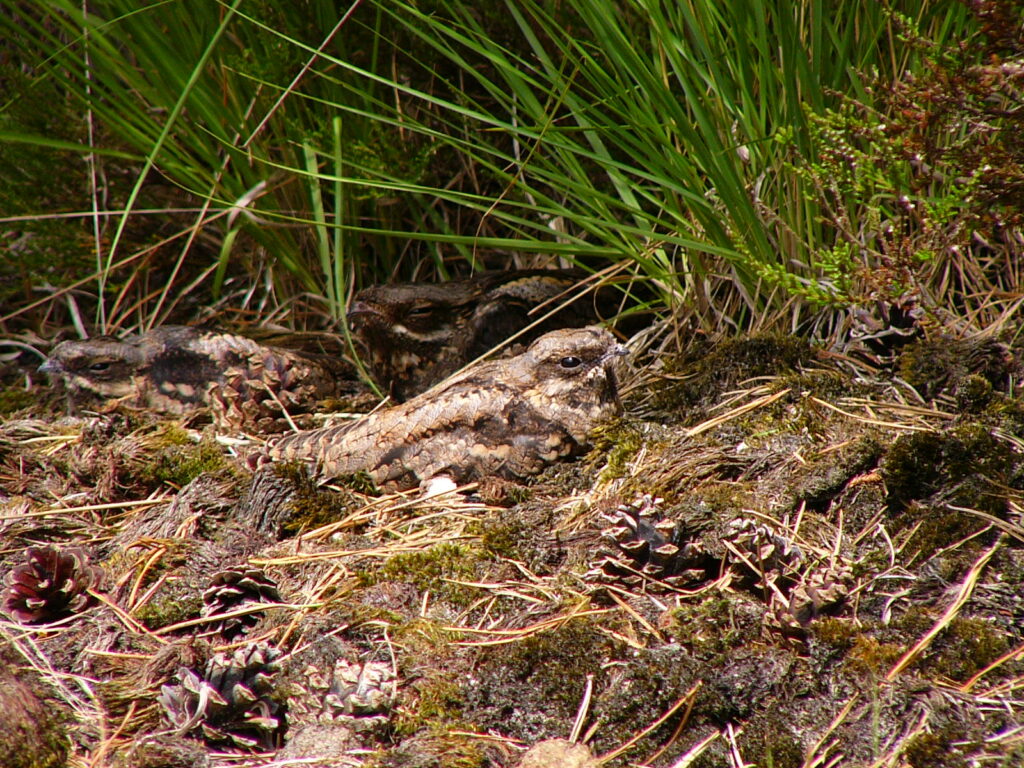
The Australian Spotted Nightjar (Eurostopodus argus) stands out as perhaps the most accomplished practitioner of leaf camouflage in the avian world. Unlike many birds that construct elaborate nests, this nocturnal species creates no conventional nest at all. Instead, it lays a single egg directly on the ground, typically in a small depression among fallen leaves. The nightjar’s spotted plumage allows it to blend perfectly with the leaf litter when it sits on its egg. Perhaps most remarkably, if the bird senses that its natural camouflage isn’t sufficient, it will actively arrange leaves around its body and egg, creating a more effective disguise. This behavior demonstrates a level of environmental awareness and problem-solving ability that goes beyond mere instinct, suggesting a sophisticated cognitive process at work in these seemingly simple birds.
The Long-tailed Widowbird’s Grassy Strategy
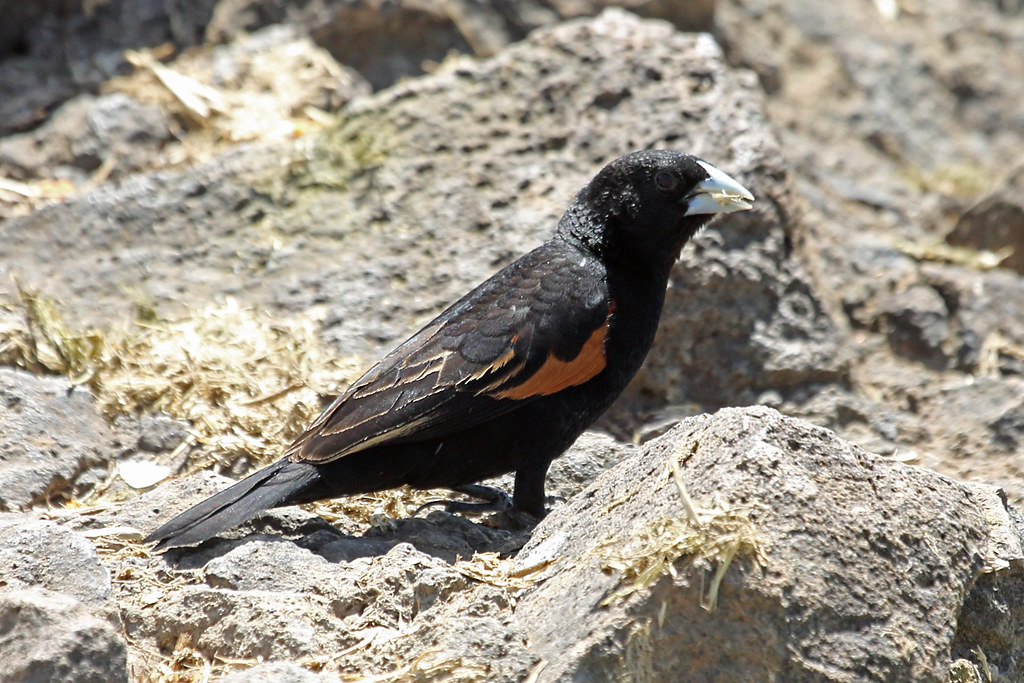
While not utilizing leaves in the traditional sense, the Long-tailed Widowbird (Euplectes progne) of sub-Saharan Africa implements a similar strategy using dried grass and plant material. Males construct dome-shaped nests hidden within tall grasslands, weaving green and eventually dried grasses into a structure that becomes increasingly camouflaged as the materials wither and match the surrounding vegetation. The entrance to these nests is typically oriented away from prevailing winds and potential predator approaches, demonstrating not just camouflage but strategic positioning. Female widowbirds inspect these nests carefully before choosing a mate, suggesting that nest-building prowess and camouflage effectiveness directly impact reproductive success. This species demonstrates how camouflage techniques have become intertwined with both survival and sexual selection in avian evolution.
The Remarkable Ovenbird’s Leaf-Covered Dome
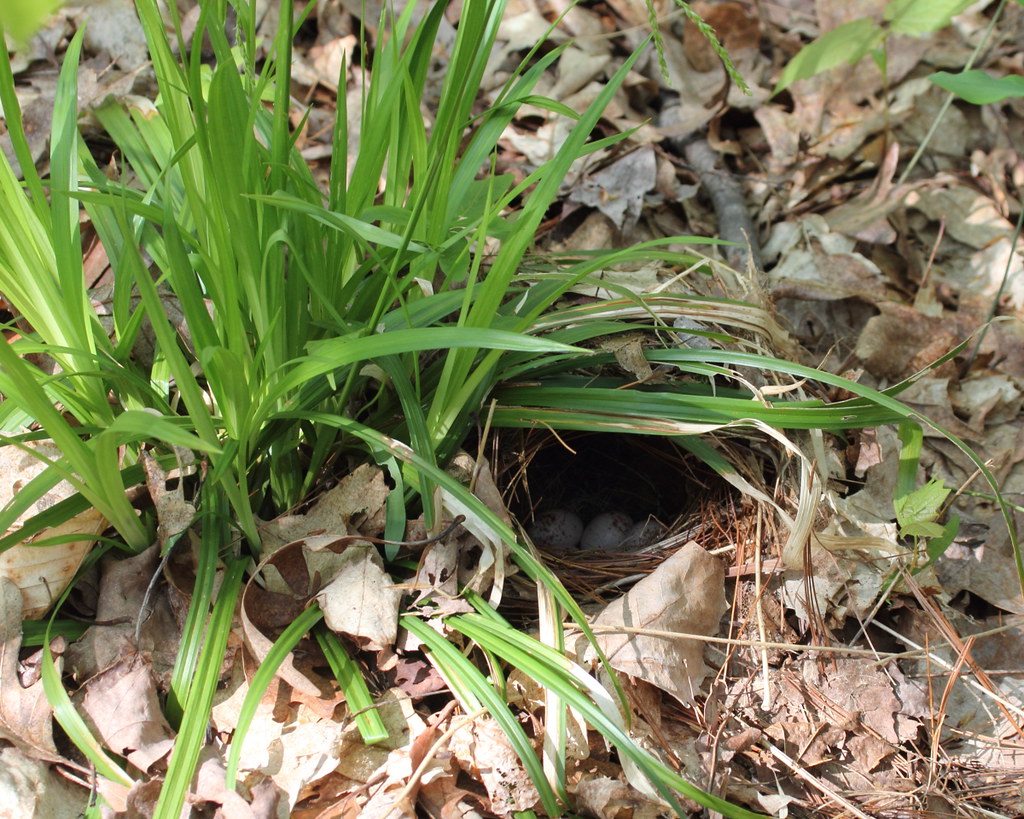
The North American Ovenbird (Seiurus aurocapilla) constructs one of the most elaborate leaf-camouflaged nests in the avian world. These ground-nesting warblers build a dome-shaped structure with a side entrance, resembling a Dutch oven (hence their name). The most ingenious aspect of their construction is the use of leaves and twigs gathered from the forest floor to cover the exterior completely. The birds carefully select materials that match the surrounding leaf litter in both color and texture, making the nest nearly impossible to detect even when standing just feet away. Inside this leafy dome, the birds create a cup-lined with finer materials like grass, hair, and rootlets to cradle their eggs and nestlings. The Ovenbird’s architectural skill is so refined that researchers often locate nests only by following the adults or accidentally flushing them from their hidden chambers.
Evolutionary Advantages of Leaf Camouflage

The evolution of leaf camouflage represents a powerful adaptive response to predation pressure. Birds that effectively disguise their nests significantly increase their reproductive success by reducing egg and nestling predation. Studies have shown that predation rates on nests with effective camouflage can be 60-80% lower than those without such protection. This selection pressure has been particularly strong for ground-nesting species, which face threats from a wider variety of predators than tree-nesting birds. The ability to quickly adapt camouflage techniques to different environments has also allowed some species to expand their breeding ranges into new territories with different vegetation types. Additionally, leaf camouflage often provides secondary benefits beyond visual concealment, including temperature regulation and moisture control within the nest, further enhancing offspring survival.
The Tailorbird’s Sophisticated Stitching
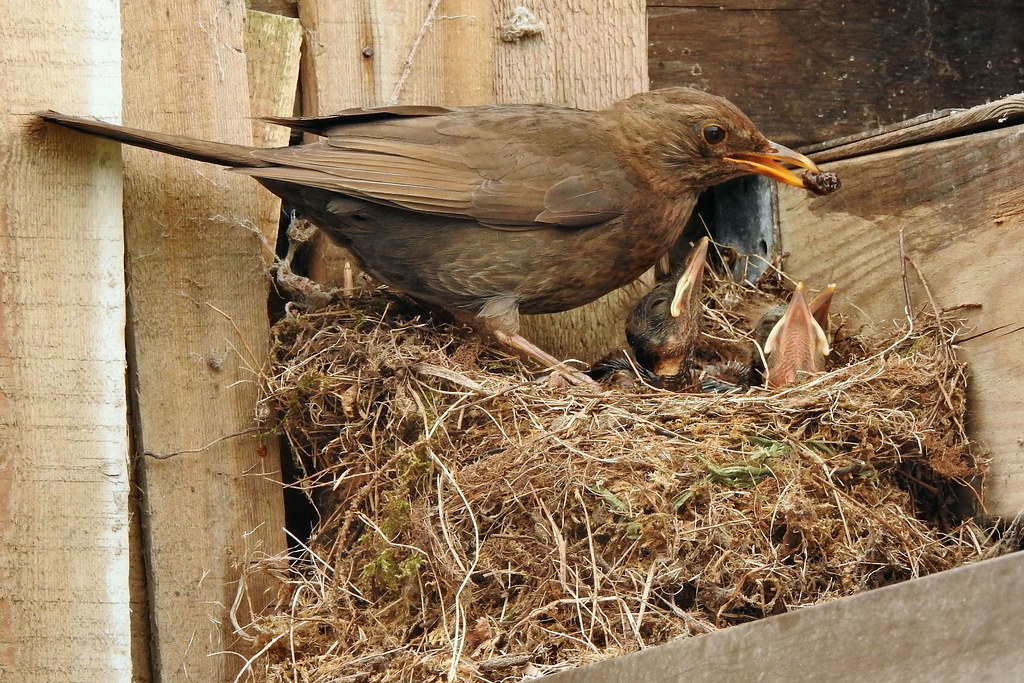
Perhaps the most technically advanced practitioners of leaf camouflage are the tailorbirds of Asia and Africa. Species like the Common Tailorbird (Orthotomus sutorius) literally sew large leaves together to form a hanging pocket nest. Using their sharp beaks as needles, these tiny birds punch holes along the edges of fresh, living leaves and then thread plant fibers, spider silk, or cotton through these holes to stitch the leaves together. The resulting pouch is then lined with soft materials to create a safe nesting chamber. Since the leaves remain attached to the plant and stay green, the nest appears simply as a slightly unusual leaf cluster in the vegetation. This sophisticated technique protects eggs and chicks from both visual predators and the heavy monsoon rains that occur throughout their range, demonstrating how nest camouflage can serve multiple protective functions simultaneously.
Seasonal Adaptations in Nest Camouflage
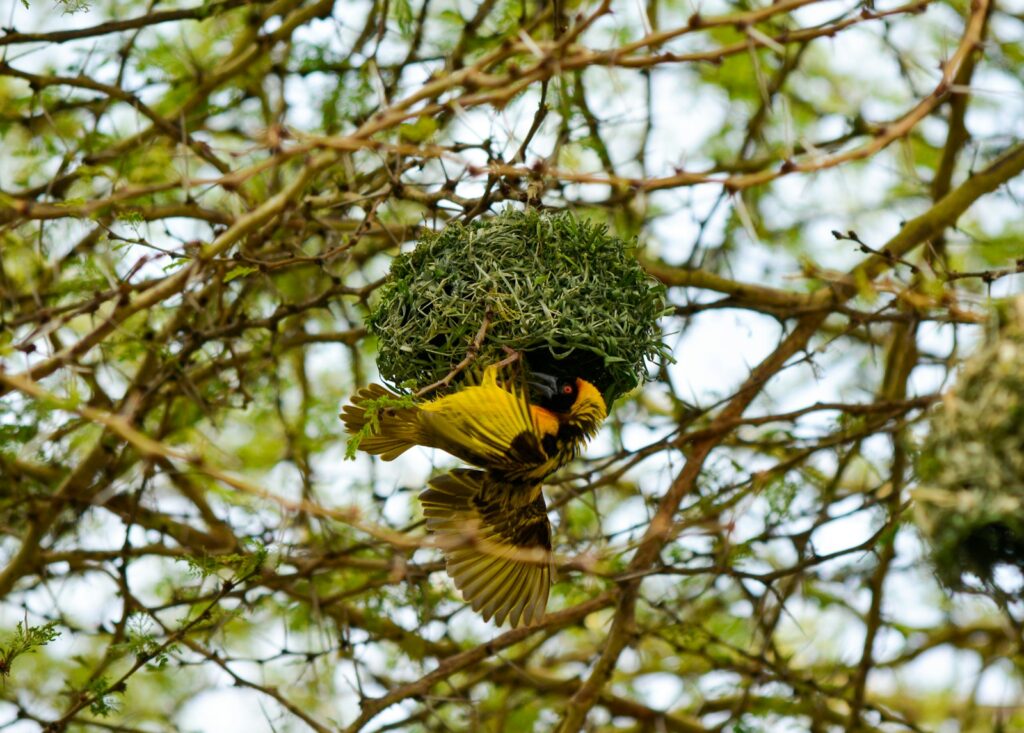
Many leaf-camouflaging birds display remarkable seasonal adaptations in their nesting strategies. In deciduous forests, species must account for the dramatic changes in available materials and background colors throughout the year. Early spring nesters often incorporate the previous autumn’s brown leaves, while late spring breeders might use fresher green foliage that matches the emerging canopy. Some species, like the Kentucky Warbler, adjust their camouflage techniques based on available materials, using more moss and green vegetation in spring and more dried leaves later in the season. Particularly sophisticated are those species that breed in multiple regions or habitats, demonstrating local adaptations in their camouflage techniques that match the specific vegetation patterns of each area. These behavioral flexibilities highlight the cognitive sophistication underlying what might otherwise appear to be simple instinctive behaviors.
The Pheasant-tailed Jacana’s Floating Disguise

Taking leaf camouflage to aquatic environments, the Pheasant-tailed Jacana (Hydrophasianus chirurgus) creates floating nests among lily pads and aquatic vegetation. These remarkable birds construct platform nests using wetland plant materials that blend perfectly with the surrounding floating vegetation. The Jacana strategically places water lily leaves and other aquatic plant matter around the nest’s periphery, creating a natural-looking extension of the existing vegetation pattern. What makes this adaptation particularly striking is the bird’s ability to adjust the nest as water levels change, adding or removing material to maintain optimal positioning and camouflage effectiveness. This dynamic relationship with the environment demonstrates how nest camouflage can involve ongoing maintenance and adjustment rather than simply an initial construction phase, revealing sophisticated environmental monitoring abilities in these birds.
Threats to Camouflage Effectiveness
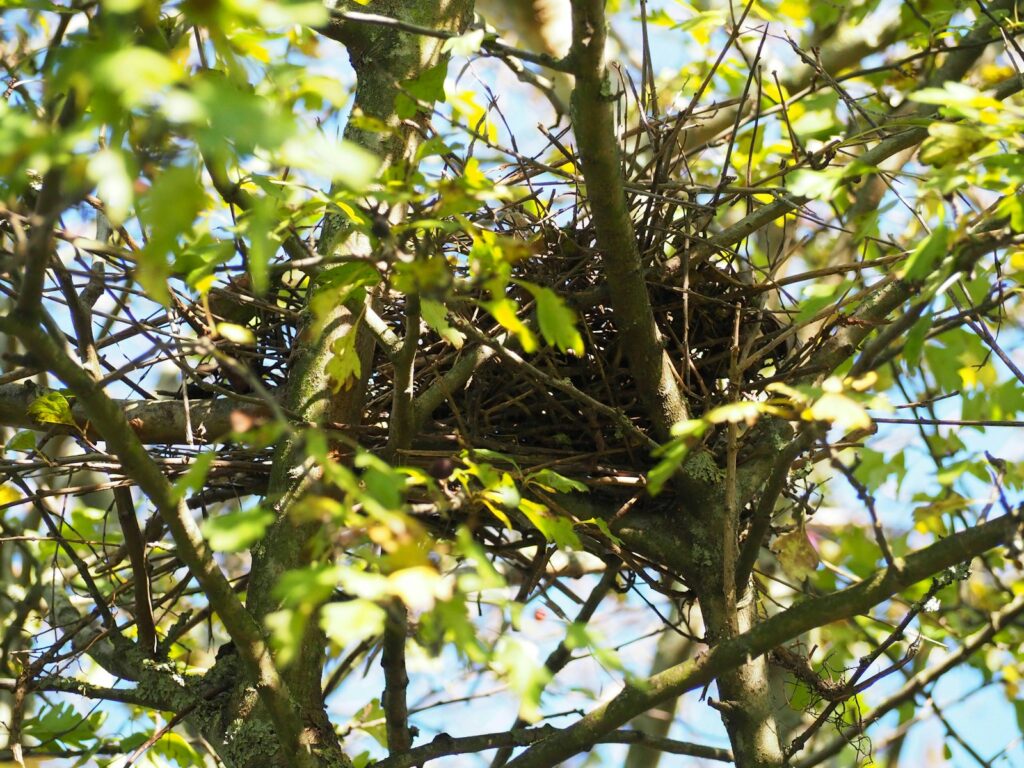
Despite the remarkable effectiveness of leaf camouflage, modern environmental changes pose significant challenges to these evolutionary adaptations. Habitat fragmentation creates forest edges and disturbed areas where natural leaf patterns are disrupted, potentially making camouflaged nests more conspicuous against altered backgrounds. Climate change further complicates matters by shifting the timing of leaf fall and growth, potentially creating mismatches between nesting cycles and optimal camouflage conditions. Additionally, introduced predators often use different hunting strategies that may bypass visual camouflage, relying instead on scent or systematic searching patterns. Research has shown that in heavily disturbed habitats, previously effective camouflage techniques can actually become liabilities, drawing attention to nests that no longer match their surroundings properly. These challenges highlight the potential vulnerability of even long-established adaptive behaviors in rapidly changing environments.
The Scientific Study of Nest Camouflage
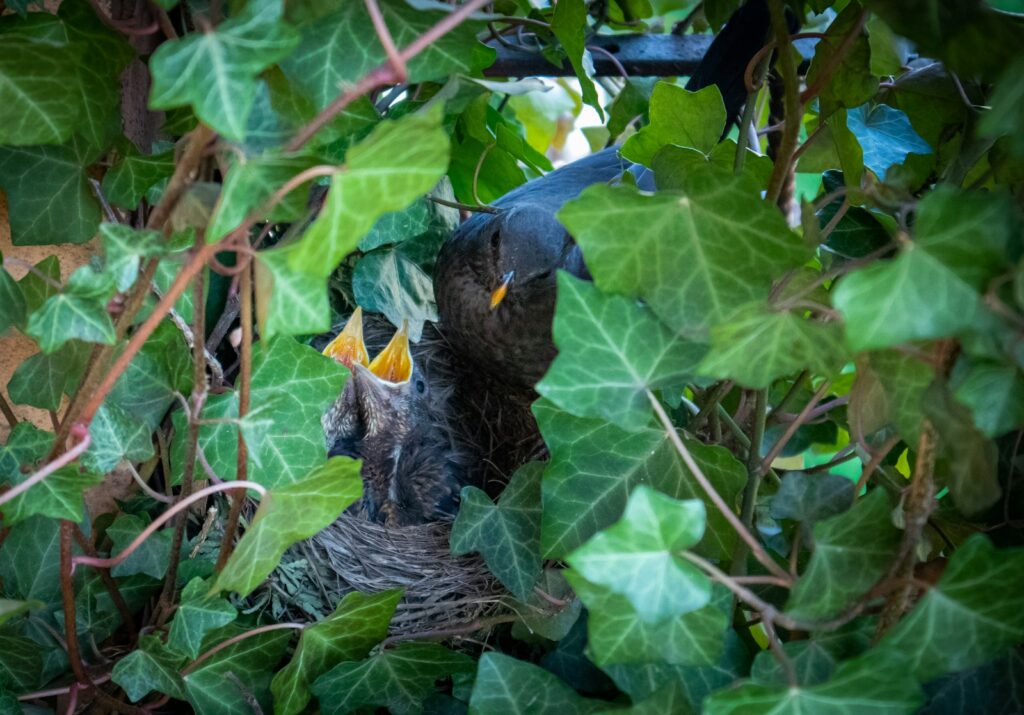
Researchers studying avian nest camouflage face unique methodological challenges that have led to innovative research approaches. Finding camouflaged nests requires specialized techniques, including systematic rope-dragging methods, thermal imaging technology, and training dogs to detect nest scents without disturbing them. Once located, scientists often use standardized photography with color calibration cards to objectively measure camouflage effectiveness across different light conditions and backgrounds. Some researchers employ artificial nests with clay eggs to measure predation rates under controlled conditions, allowing them to isolate the specific components of camouflage that provide the greatest protection. Modern studies increasingly incorporate experimental approaches where aspects of camouflage are manipulated to determine their relative importance, helping to unravel the complex interplay between visual concealment, olfactory cues, and behavioral adaptations that collectively protect vulnerable eggs and nestlings.
Learning and Cognition in Nest Camouflage
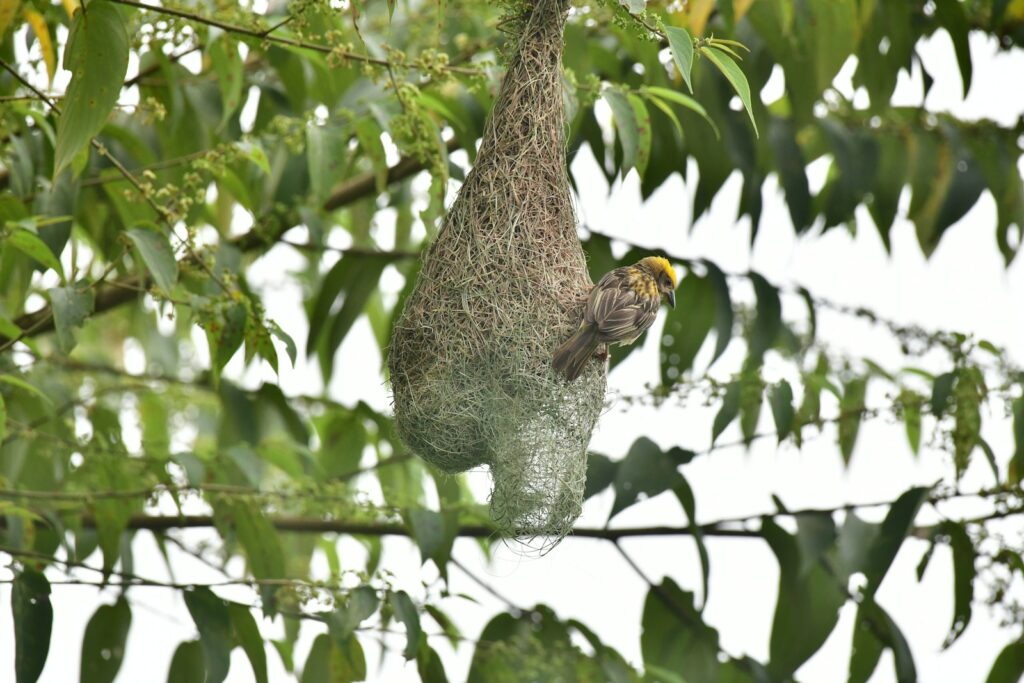
The sophisticated nature of nest camouflage behaviors raises fascinating questions about avian learning and cognition. Some species demonstrate significant improvement in camouflage techniques between their first and subsequent nesting attempts, suggesting experiential learning. Birds that have experienced nest predation often modify their techniques in later breeding attempts, sometimes changing locations or increasing camouflage efforts. Laboratory experiments have demonstrated that certain species can distinguish between effective and ineffective camouflage patterns when selecting nesting materials, indicating a visual assessment capacity previously underappreciated in birds. Perhaps most intriguing are observations of regional “traditions” in camouflage techniques, where specific approaches appear to spread through local populations over time, suggesting possible cultural transmission of these adaptive behaviors. These cognitive dimensions add another layer of complexity to our understanding of what was once considered simple instinctive behavior.
Conservation Implications for Camouflage-Dependent Species

Birds that rely heavily on specific vegetation types for effective nest camouflage present unique conservation challenges. Habitat preservation for these species must consider not just the presence of vegetation but its structural characteristics and seasonal patterns that enable effective camouflage. Forest management practices like controlled burning or understory clearing can have disproportionate impacts on ground-nesting species that use leaf litter for concealment. Conservation biologists have developed habitat management guidelines for particularly vulnerable species, recommending practices that maintain appropriate leaf litter depths and vegetation complexity. Some recovery programs for endangered ground-nesters now include predator exclusion techniques during nesting season, recognizing that camouflage alone may be insufficient in disturbed habitats with elevated predator populations. These specialized approaches highlight how understanding the intricacies of natural history traits like nest camouflage can inform more effective conservation strategies.
Conclusion: Nature’s Hidden Architects
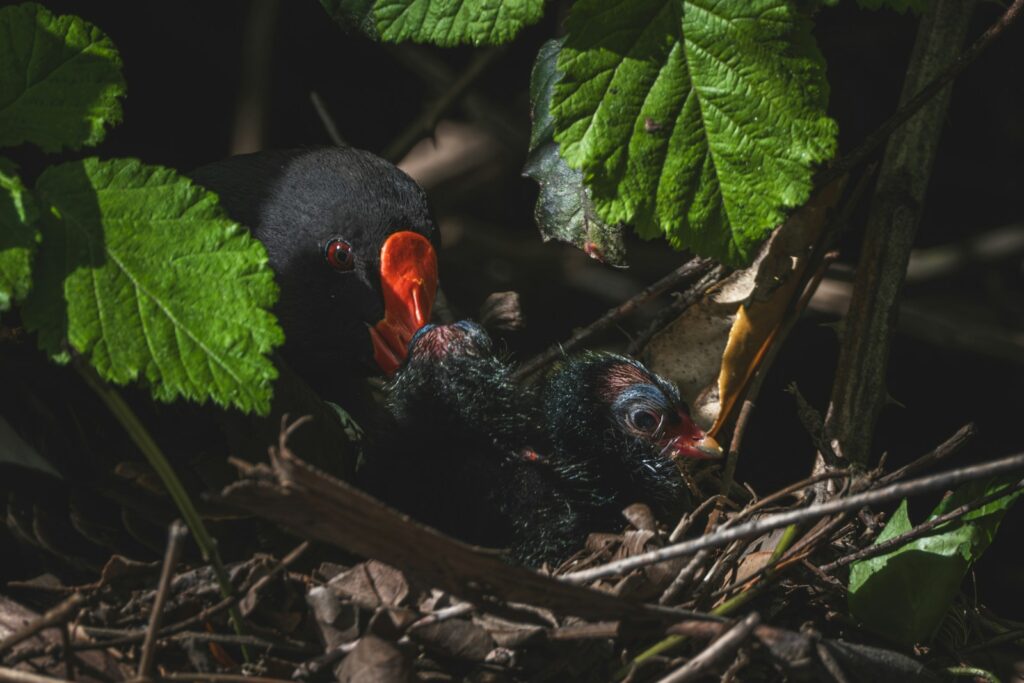
The birds that employ leaves and vegetation to camouflage their nests represent some of nature’s most ingenious architects, blending artistic sensibility with practical engineering and survival strategy. Their abilities challenge our understanding of avian intelligence and demonstrate how selection pressures can produce behaviors of remarkable sophistication. From the Australian Spotted Nightjar’s minimalist approach to the tailorbird’s complex stitchery, each species has developed techniques precisely calibrated to its environment and predator community. These adaptations remind us that even the seemingly simple act of reproduction in birds involves complex problem-solving and environmental interaction. As humans continue to alter landscapes worldwide, the future of these hidden architects will depend on our ability to recognize, understand, and preserve the subtle habitat features upon which their reproductive success depends. In protecting these species, we protect living examples of evolution’s creative power and nature’s endless capacity for adaptation.
